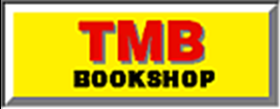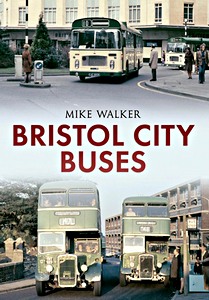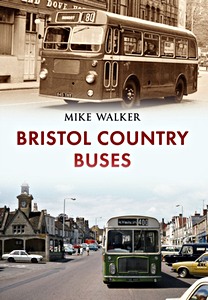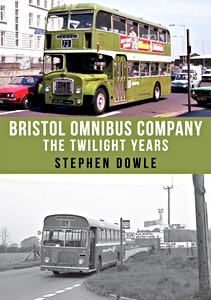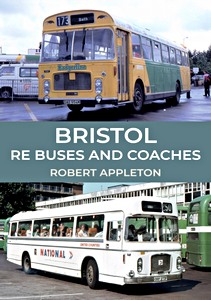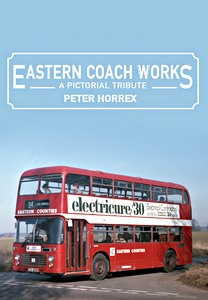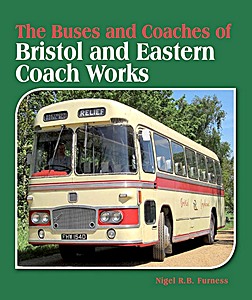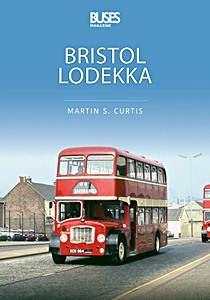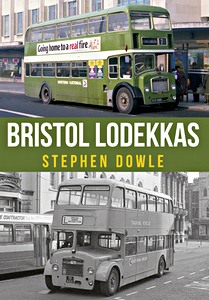Bristol Buses and Coaches
Based in the city of the same name, Bristol commenced production of buses at the turn of the twentieth century, initially for its own bus fleet. Soon Bristol products could be seen nationwide, and became known for their rugged durability.
Covering the period from the 1960s until the end of production in 1983, this book gives an overview of many of the models to come out of the Brislington factory. Containing a brief description of each chassis type and 180 photographs, all in colour and with informative captions, it showcases Bristol's products when in their operating heyday.
Product details
| Author: | Howard Berry |
|---|---|
| Details: | 96 pages, 9.25 x 6.5 in (23.5 x 16.5 cm), paperback |
| Illustrations: | 180 b&w and color photos |
| Publisher: | Amberley Publishing (GB, 2022) |
| ISBN: | 9781445679679 |
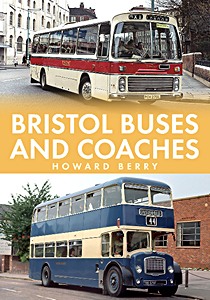
Bristol Buses and Coaches
Language: English
Available on Amazon - safe payment and fast delivery
Buy on Amazon.comBuy on Amazon UK
Buy on Amazon CA
